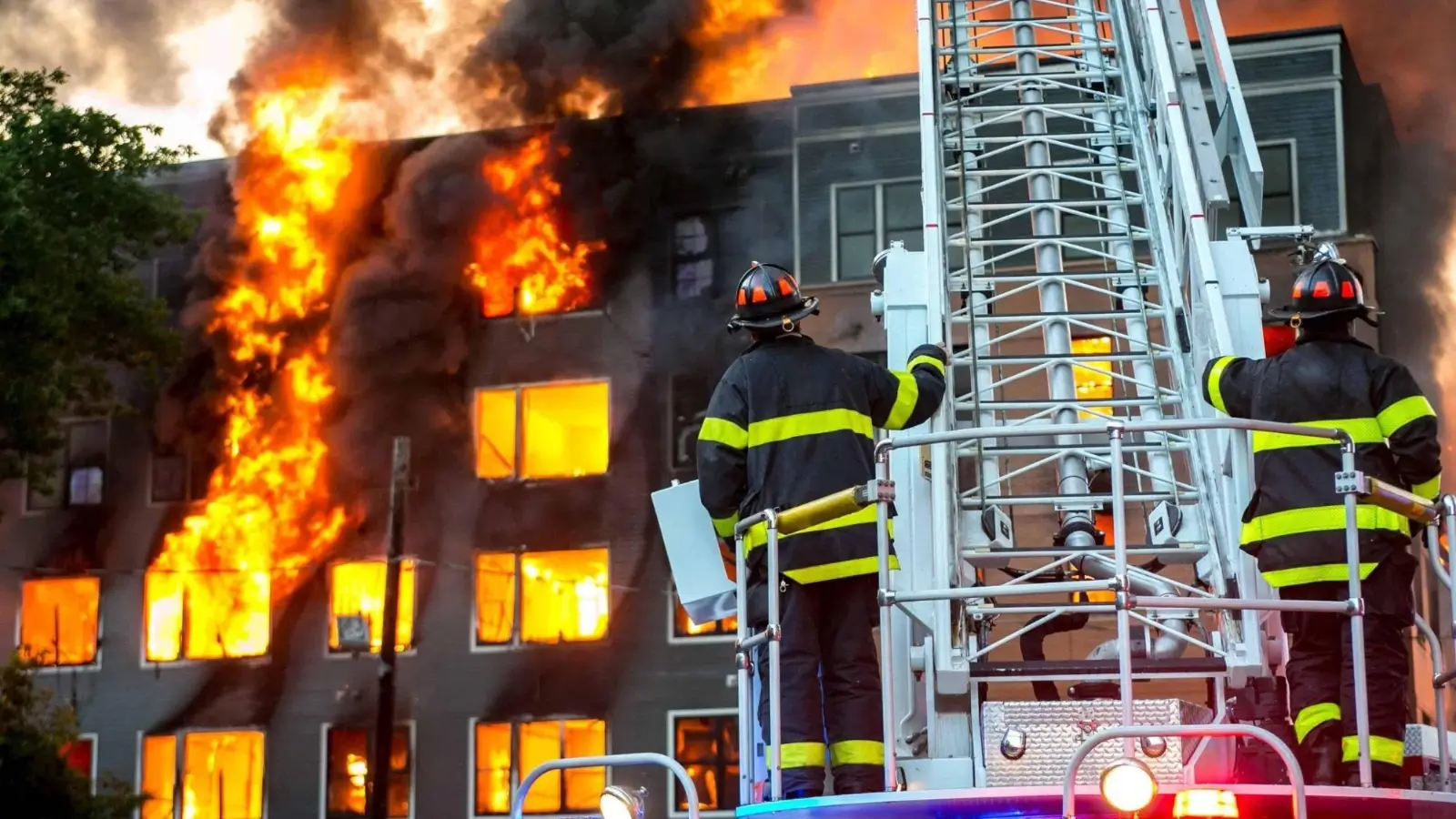


The entry into a new building is thrilling: the polished walls, the new-paint smell, the impression that all inside is new and untouched. But in the depths of these contemporary buildings, there is a question that not many ask: is it actually fire-safe?
Whenever we hear or read about fire safety, we tend to think about alarms, sprinklers, and emergency exits. Of course these are all critical, but of course, there’s half the tale. The other half- the section that silently keeps guard day and night, day in night out- is passive fire protection. It’s not flashy. It does not beep, spray, or light up lights. Rather, it is embedded in the very bones of a building: the walls, doors, ceilings, and floors that keep a fire at bay during these vital initial minutes.
Regrettably, this safety layer can be easily neglected as construction speeds up and budgets tighten. Designers can collaborate on beauty, improving durability, power efficiency, or innovative smart features, but the silent art of compartmentation, plugging the holes, burn resistance, and compliant material can slip away. And when it does, lives are endangered long before the first alarm ever goes off.
And it is a sobering fact that even some of the shiniest new builds in the UK do not deliver the much-needed fire safety standards upon inspections. Reforms in the wake of Grenfell have illuminated the importance of enhanced compliance, but the complexity of passive fire protection remains underestimated in many projects. It is not merely a matter of checking boxes of regulation, but carving time. Time people to flee, time firefighters to act, time communities to escape tragedy.
Shifting accountability over fire safety between contractors, designers, and inspectors is becoming one of the growing frustrations among safety consultants and building owners. Someone thinks that it is being done. The result? Minor, seemingly trivial, mistakes like an unsealed joint here, a non-compliant door there, which add up to compromise the integrity of a building during a fire.
That is where relied-upon professionals can help. Companies such as BSML Fire, one of the most reputable passive fire companies in the UK, focus on ensuring that what is behind your walls is as strong as what is on your walls. They provide the interface between design and practical safety, so that all seals, partitions, and penetration barriers are of the gold standard in protection. Their efforts remind us that prevention is not only cheaper than cure, it is smarter, safer, and much more sustainable.
The real magic of passive fire protection is its silent heroism. It does not require attention, but it is always present, quietly doing its job behind the scenes. When correctly configured and placed, it can prevent a small fire turning into a disastrous one. It reminds us that safety is not merely what we see but what is thoughtfully designed into the places we live and work in.
The next time you see a shiny new development, then, ask yourself the question few people ask: has fire safety been designed in, or just tacked on? Since in contemporary building, the essence of innovation does not rest in glitzy facades or hippy thermostats, but in the unseen machinery that saves lives unobtrusively.
With the skyline of Britain still in its developing stages, our attitude toward what constitutes a modern building — and the principles of modern architecture — must also change. The true measure of progress does not lie in square footage or design accolades, rather in the safety and responsibility with which we construct our future. And connected to that silent revolution, organizations such as BSML Fire are making sure that every single new build is not just beautiful but, actually, constructed with the aim of protecting.